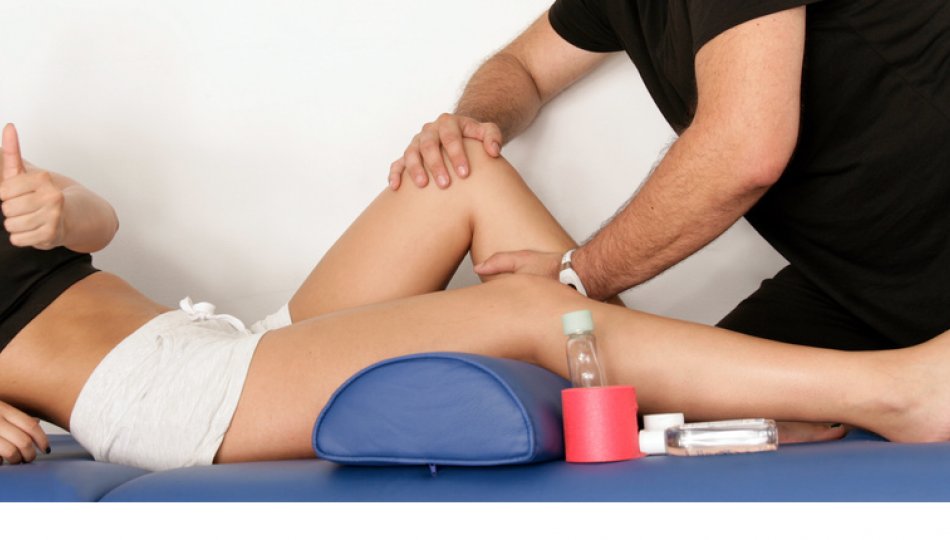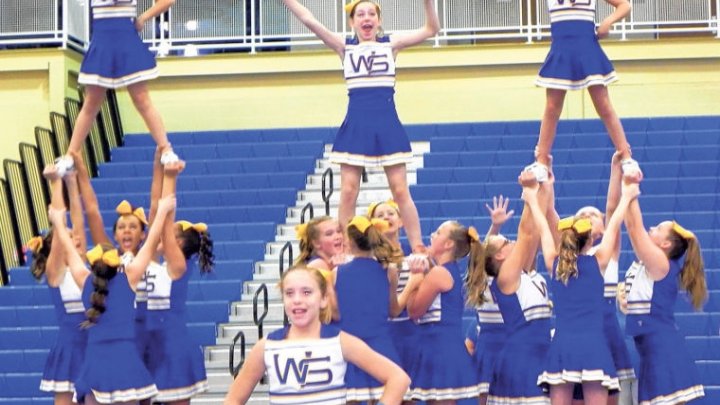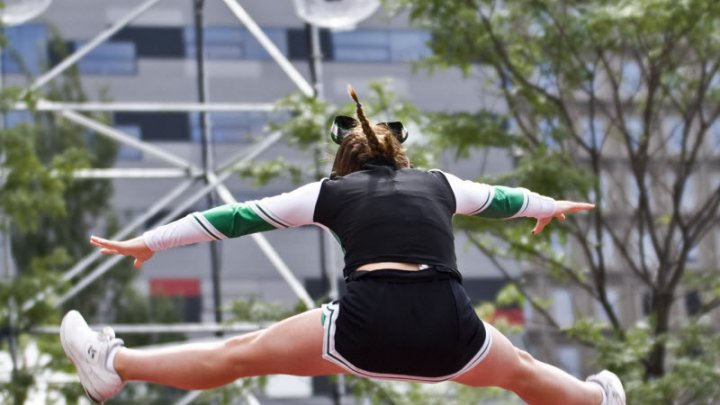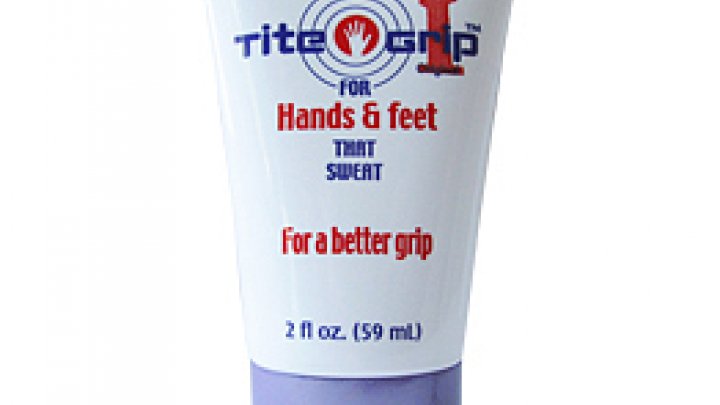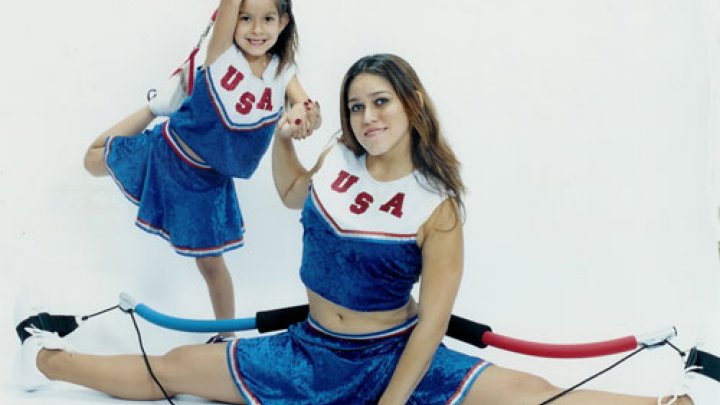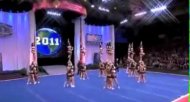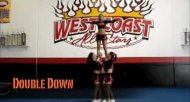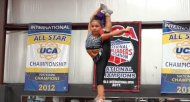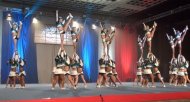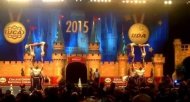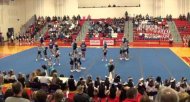You made it! You’re on the cheerleading squad and this is going to be the best school year ever.
So the last thing you want is to face the possibility of an injury that will keep you sidelined for part or all of the cheer season.
Like all sports, cheerleading comes with the risk of injury, but compared to sports like football, the risk in cheerleading is usually lower. Chances are good that you’ll survive the season with no major problems; however, if you do find yourself in pain after performing a cheer jump or stunt, read on for tips on what to do.
Ankle Injuries
The most common injury from cheerleading is an ankle sprain. Ankle sprains usually occur because the foot is rolled inward while weight is pressing down on it. This happens on uneven surfaces, or it can happen if you land unevenly after a jump.
The most important thing to remember with an ankle sprain is RICE.
R – Rest. Avoid putting weight on your injured foot for at least 24 hours.
I – Ice. Apply ice packs to the injury for the 24 hours.
C – Compression. Wrap the ankle tightly with an ACE bandage to help prevent edema, which is an accumulation of fluid in the injured area.
E – Elevation. Raising the injured ankle will also help prevent edema. Make sure to keep your foot higher than your hip.
As long as you follow the RICE method above and your injury isn’t causing extreme discomfort or pain, you can wait to schedule an appointment with your regular physician rather than seek emergency help. Most ankle sprains will heal in a few weeks, but some may require a little physical therapy.
Wrist Injuries
Like ankles, wrists sprains are pretty common among cheerleaders. This can happen from something you’ve done—landing on your hand wrong during cartwheels or flips—or even from someone else dismounting and landing on your arm hard enough to cause an injury. Treat the injured wrist with the RICE method listed above for ankle sprains, but see a doctor if the wrist is still swollen or very painful after 24 hours.
Back Injuries
All those herkies, hurdlers, and dismounts that cheerleaders do can lead to back pain or even injury. Most of the time, the back pain isn’t serious and can be treated with over the counter pain medication and rest. But sometimes, repeated stress on the back can cause a stress fracture in the spine. If back pain is severe or doesn’t go away after a few days, see a doctor for X-rays and other tests. The sooner you can get a serious back injury diagnosed and treated, the better your chances are of not being sidelined from cheerleading for good!
Head Injuries
No cheerleader ever wants to think about the possibility of a head injury. It’s scary to think about concussions or serious head trauma. But the reality is, with cheerleaders jumping around and being tossed into the air, head injuries can happen.
A head injury can be serious, but the problem is that it might not seem serious immediately after the injury happens. If you hit your head while cheering, the best thing to do is sit down and stop all cheer activities for the time being. Do not put any more stress on your head or body because you don’t know how serious your injury is. Most people don’t even get knocked out when they receive a concussion, so just being awake and talking after a fall doesn’t mean that you don’t have one. Don’t return to cheerleading until you see a doctor to make sure everything is okay.
Leg Injuries
Pulled hamstrings can be a common injury among cheerleaders. Many times it’s just a minor strain caused by not warming up or stretching properly before cheering. Other times, a tear can occur that causes a lot of pain. Once again, the RICE method is your best friend for treating hamstring injuries. If the pain is very severe or lasts more than 24 hours, see a doctor to rule out any serious injuries.
Knees also take a beating from cheerleading. Jumps and tumbles are not kind to a cheerleader’s knees and could lead to injuries such as strains or sprains. Sometimes, the injury can be much more serious. The anterior cruciate ligament (ACL) can be torn by landing wrong after a jump or even from extending the leg too far or awkwardly. If you hear a pop and then experience knee pain or your knee gives out and you can’t stand on it, you may have torn your ACL. Use the RICE method to alleviate some of the pain and prevent further injury, but you should see a doctor for diagnosis and treatment. A torn ACL is nothing to play around with and could take a cheerleader off the field for months, with lasting effects even after surgery.
Injuries from cheerleading can be scary, but with proper training, warm ups, stretching, and focus, many injuries can be avoided. Don’t let the risk of injury scare you off from cheering, but be prepared and take care of your body so you can cheer for a long time!


